As Mayor Bloomberg would say, We're New York: We build things. We're all about commerce, after all; and commerce is all in the present. Yet every generation contains its share of neighborhood historians, scholars, and history buffs. Our official Landmarks Preservation process, though used often enough as a weapon in petty political fights, does at least once in a while preserve sites worthy of perpetuation.
And then there are those who look back further, to the time before European settlement when the land we know as New York City consisted of forests and marshes dotted with villages from which the Lenape ventured out to hunt, fish, and generally manage the land a lot less destructively than we do now. The Mannahatta Project educated a good many New Yorkers about the way things were, and citizens, even planners, try to suggest the past in smaller ways here and there, as with tiny DeLury Square in lower Manhattan, or the restoration of the Ravine in Prospect Park.
Before either of those projects, there was Time Landscape. Conceived by Alan Sonfist in the 1960s and begun in 1978, this "forest" in the middle of Greenwich Village uses "a palette of native trees, shrubs, wild grasses, flowers, plants, rocks, and earth" to evoke the land as the Dutch settlers first found it at the beginning of the 17th century. Properly speaking it isn't a "park." It's pretty much just there for looking at through a fence, and honestly, it's not very photogenic.
But then, it wasn't planted to please the eye. Although wildflowers (or "wild"flowers) are always nice to see in the heart of the city:

Here's the nicest shot I could get on my November walk-through:

Because it isn't a park you actually enter, Time Landscape is easy to miss, or to assume it's just an extension of the adjacent community garden. It's not. It's a "miniforest" with oak and sweetgum trees, soothing witch hazel, poisonous pokeweed (which grew wild in my old Brooklyn backyard), tulip trees, bindweed, and violets, among many other specimens. Its narrowness and cold rectangular shape (not to mention its location in the midst of the Village/NYU sprawl) insure you won't mistake it for native forest, or even a park pretending to be natural terrain. Sonfist is an artist, and Time Landscape is, to my mind, closer to conceptual art than to naturalism. But it's nice to know he thought of it, and that the city continues to maintain it through the Parks Department.

And a walk alongside this curious patch of New York is an experience not quite like any other in the city.









 Many a 19th century Governor of New York served only a single two-year term, so there were a lot of them; my impression in my travels has been that it's hard to visit a cemetery anywhere in New York State that doesn't have a Governor somewhere underground.
Many a 19th century Governor of New York served only a single two-year term, so there were a lot of them; my impression in my travels has been that it's hard to visit a cemetery anywhere in New York State that doesn't have a Governor somewhere underground.















 in front of St. Mark's Church-in-the-Bowery. Sitting in it is a pleasant way to take a break from a walk through the East Village. Talking about it is mostly just an excuse to mention
in front of St. Mark's Church-in-the-Bowery. Sitting in it is a pleasant way to take a break from a walk through the East Village. Talking about it is mostly just an excuse to mention 
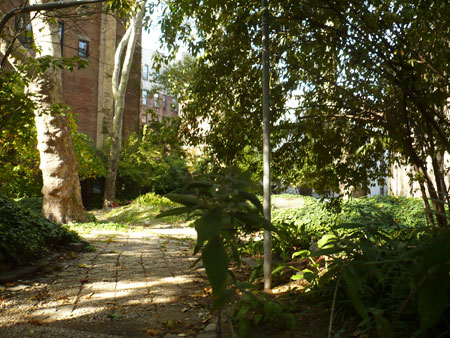






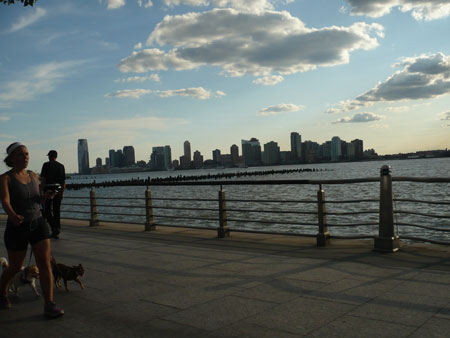


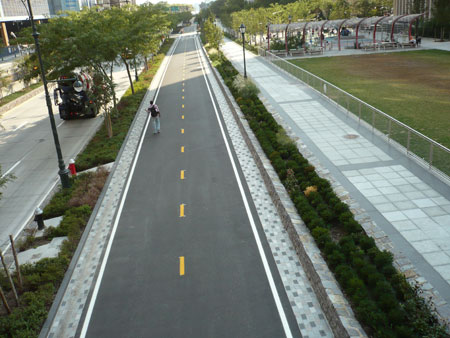
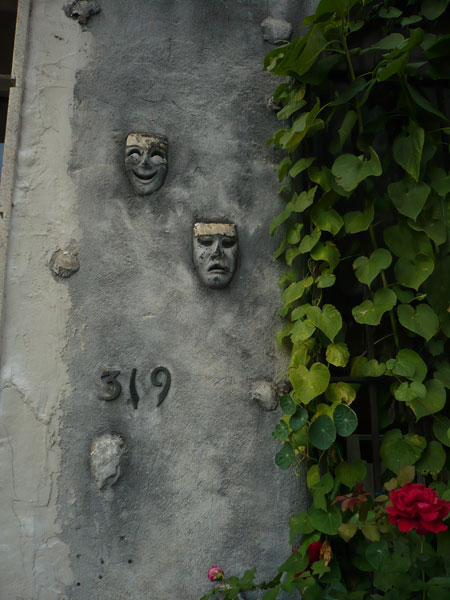
 But there are quite a few that aren't, like
But there are quite a few that aren't, like 

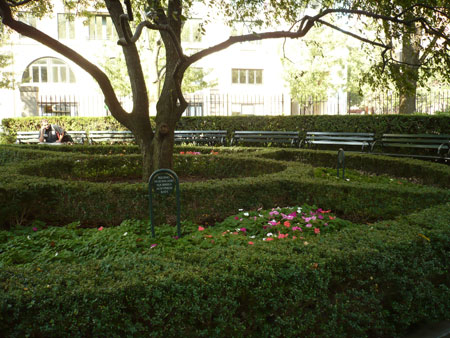
 spotting rabbits on Lookout Hill; exploring the local Revolutionary War history; paddleboating; communing with the Camperdown Elm (here's Marianne Moore's
spotting rabbits on Lookout Hill; exploring the local Revolutionary War history; paddleboating; communing with the Camperdown Elm (here's Marianne Moore's 


















